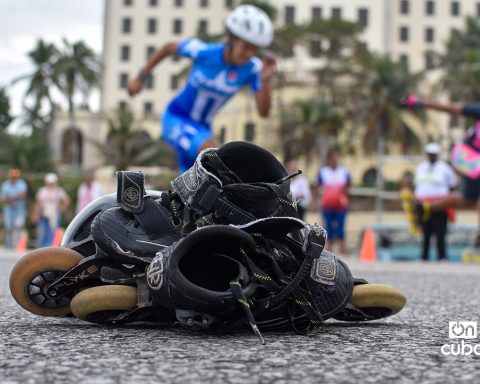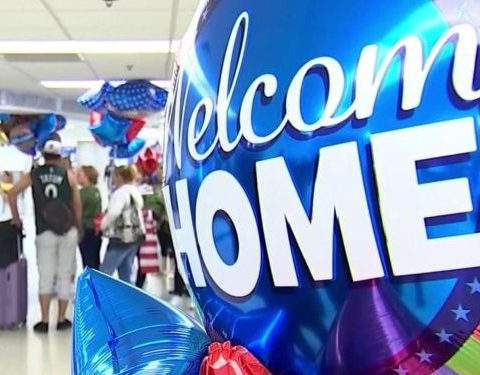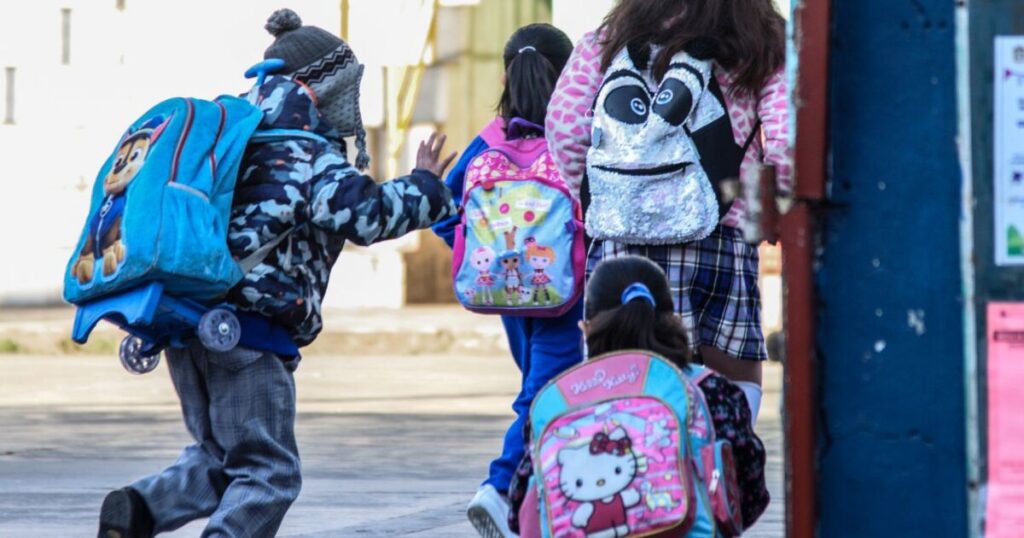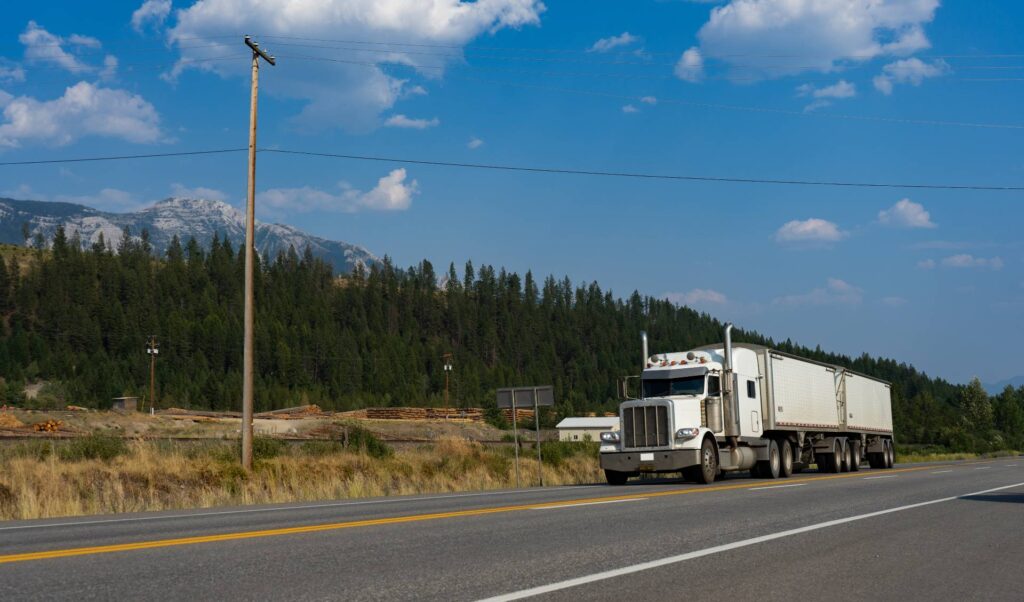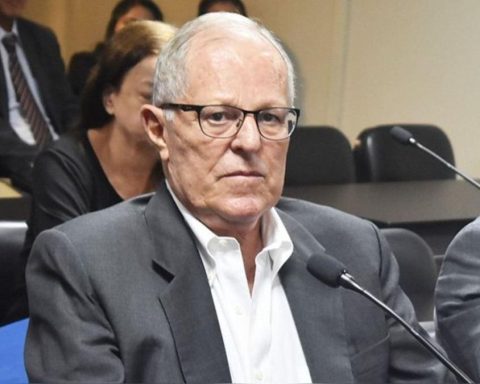The more than one billion pesos spent on the construction of the east-west transfer, in Holguín, have not translated into an increase in agricultural production so far; rather the opposite.
as of 2010, the year in which the northeastern province began to benefit from this gigantic investment, most agricultural activities experienced a temporary improvement. But since the middle of the decade the trend has been reversed. in 2020 the main crops closed their balances with the lowest records of the century.
The extreme cases were those of corn, plantain and tubers (potato, sweet potato and malanga). The cereal harvest, which between 2010 and 2015 had grown from 8,804 to 15,133 tons, in 2020 it fell to 2,697 tons (69.4 percent less than what was produced 12 years ago). In the period, stockpiles of plantain and tubers, harvests also showed significant contractions: 67.8 and 57.9 percent, respectively. And milk production fell by more than 61 percent, to around 14.7 million litres.
Only rice managed to escape the downward trend, doubling its production between 2010 and 2020. This fact deserves a note. In 2020, the Holguín rice harvest (1,043 tons) continued to be practically testimonial regarding the volume that the province needs to satisfy the demand of its population (55,000 tons).
More than building dams and laying canals
The hierarchy of “strategic work”, and the participation in its work of the Union of Military Constructions (UCM), have placed the east-west transfer under the condition of virtual state secret. The information disclosed in this regard is usually carefully filtered and incomplete.
The Holguín transfer project began to be executed in 2005, divided into six phases. The first two, completed in 2009 and 2012, are the ones that have received the most publicity due to their magnitude and social impact. During this period, the water lines to the city of Holguín and the Guardalavaca spa, and the Mayarí dam, which with a capacity of 354 million cubic meters, became the third largest in Cuba, came into operation.
A newspaper note Now!, published in April 2017, revealed the main data available on investment costs. In the second stage of the transfer, 501.3 million pesos were spent (understood as equal to the exchange rate with the dollar). The expenditure for this section, initially calculated at 550 million, had been reduced “thanks to the introduction of new technologies.” Taking into account the magnitude of the work in the first stage of the project, and those corresponding to the third (begun in 2012), it does not seem risky to estimate that more than one billion pesos would have been used so far in the work. Several hundred million more will be needed for the canal to reach the north of the province of Las Tunas, its destination area.
The benefits of the transfer should more than pay for your investment. In particular, due to the growth of crops in what is one of the most populated provinces in the country, but with worse agricultural results and greater vulnerability to drought.
“With what we have created in the first stage, we can put 12,800 hectares under irrigation, that is, about 6,570 from the Mayarí dam to Birán, and the rest, about 6,230, up to the Nipe-Deleite canal area,” he anticipated. a Now! Roberto Pupo Verdecia, the director of the Engineering Services Company of the Integrated Management of Transfer Projects. Other official information, cited by the agency EFE In January 2018, he assured that “the actions of the Agricultural Development Program Associated with the Transfer have caused grain production in Mayarí to increase 14 times.”
But after four years the reality is very different.
so what recognizedin November 2021, the first secretary of the Communist Party in Holguín, Ernesto Santiesteban Velázquez: “In Mayarí they are on the right path, but they are far from meeting expectations in food production.”
By now that municipality should have become the largest agricultural producer in the province, thanks to the availability of irrigated land and its large rural population. But when the leader toured the fields of Valle Florido and Nipe, he found that many lands had not even been furrowed, due to lack of labor, and that several canals were clogged with weeds. The per capita of viands, vegetables and fruits, fixed by the Government at 30 pounds a month, barely reached 23 pounds according to reports.
Mayarí is a singular municipality. With 36 percent of its population living in rural areas, you shouldn’t have a hard time covering payroll for farm businesses. Nor would it be expected that the other municipalities that the transfer runs through would face them. while to country level the rural population stood at 23 percent at the end of 2020, in Sagua de Tánamo it represented 50.2 percent of the census, and in Báguano, 64 percent. Even Cueto, the most urbanized demarcation in the area, exceeds the national average of rural inhabitants by more than 10 percentage points.
However, the authorities have been complaining for years about the shortage of workers available for agricultural activities.
A few days after that tour of the first secretary through the municipality of Mayarí, Vice President Salvador Valdés Mesa traveled to the city of Holguín at the head of a delegation that included the Vice Prime Ministers Inés María Chapman and Jorge Luis Tapia, and the Minister of Agriculture, Ideal Pérez Brito. He was a long meeting, to which the local press provided innocuous coverage, although its conclusions were not so harmless. The main one was a call for attention raised by Valdés Mesa. The use of the transfer is “still inefficient”, especially if the magnitude of the investment is taken into account, he questioned.
What was missing in the project?
In recent times, criticism of the agricultural system in Holguín has become recurrent, due to the high prices of food or its marked scarcity. “The opinion of the people is that this is the province with the highest prices in Cuba,” lamented a woman from Holguín consulted for this article; to the point that “before, many people used to travel to Las Tunas and Bayamo to buy at fairs and then resell here,” she added.
The impression, at first sight, is that the investments in the large transfer infrastructures were not complemented by a similar boost in the secondary canals and other distribution works. And that the constructive execution did not imply substantive changes in the dynamics of the area.
In 2011 A study developed by the Higher Metallurgical Mining Institute of Moa, among the residents of Seboruco, one of the Mayan communities directly affected by the project, revealed that only 60 percent saw the transfer as a positive option, which would lead to increased employment and social benefits . And another 30 percent received it with reservations “because by changing the use and ownership of the land, many peasants cannot carry out their work as farmers”, a criterion that was shared, to some extent, by the remaining 10%. The investigation recommended complementing the investments in the hydraulic works with others focused on the quality of life of the locals and their small-scale economy. The objective was to promote a fundamental change in the reality of the territory.
The dynamics of events determined that the first of these sections ended up being addressed to a greater extent, while the others were postponed. Twelve years later, the volumes of the harvests indicate that something was done wrong.


